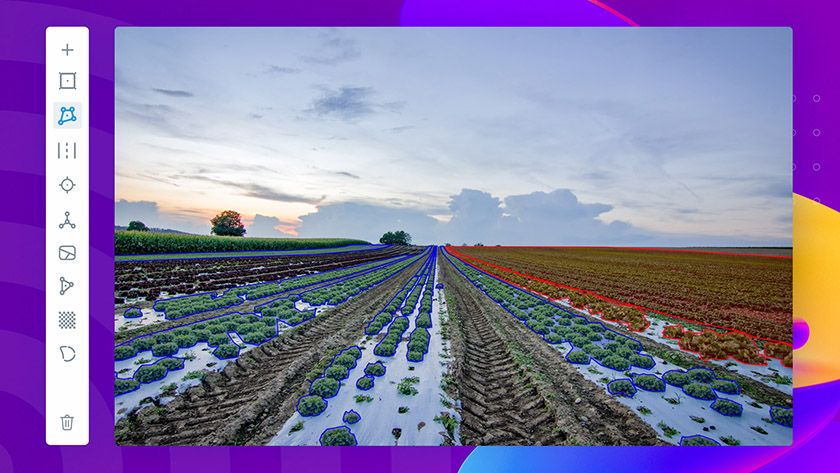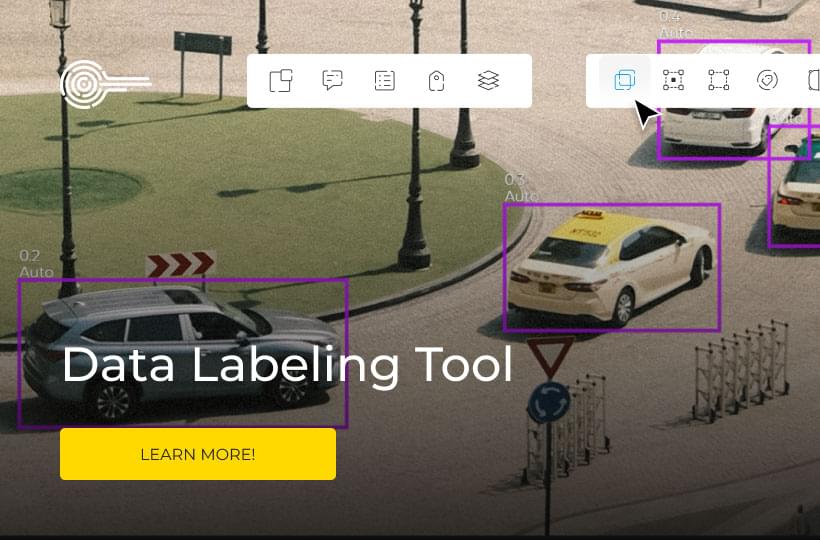Using Artificial Intelligence and Machine Learning in Precision Farming
Farming has always been at the center of any functioning society. Technology often sets the pace for what is possible with agricultural productivity. As technology has increased, so too has our ability to produce agricultural output.
Agriculture has started to integrate data much more into its practices. Annotating agricultural data to build these algorithms is central to this transition.

How is AI/ML going to change the world of agriculture?
The applications of data annotation to agricultural production can take many forms. Satellite data on farmland can help farmers optimize growing patterns. Tracking farm output can save time when these products go to market. Having a robust set of training data is central to this process.
Farming requires certain expertise. Farmers are frequently not the savviest at data analytics. That is why having a robust set of data annotation tools available can be so important. Keymakr provides agricultural companies with straightforward ways to create these training datasets. The better this starting data, the easier it will be to design these algorithms.

What are some examples of data annotation in farming?
There are many applications of machine learning in agriculture. All need a deeper integration of data into farming practices. They can range from monitoring the health of livestock to optimizing the rotation of crops. Some examples of these uses include:
- Livestock management
- Crop management
- Land Management
- Environmental Monitoring
- Robotics
Video data annotation can provide new insights into the behavior of livestock. For example, video data from fields can show when and where animals are grazing. Abnormal or erratic livestock behavior can be labeled as such in training datasets. Annotating video data of livestock can give farmers the ability to understand better what is going on with their animals.
Crop health and growth can also be analyzed using data annotation practices. Robust data on the development of fruits and vegetables can mean that harvests can be optimized. The diseases on leaves can be identified more quickly through annotated images of leaves and flowers. Integrating growth patterns with weather data can also yield new insights into the timing and behaviors of crops.
Annotated satellite data can offer higher-level insights into how farms are operating. Integrating this data with data about yields and crop health means that land use can be optimized. There are many ways to try to view land as data. That can include things like soil color, growth patterns, and growth speed. Aerial photography from drones can also allow for more frequent monitoring.
Farming is also notoriously detrimental to the environment. Data can be collected on the release of greenhouse gasses from livestock. Soil quality can be more precisely monitored. These can make farming practices greener. Land use can be optimized to cause the least amount of destruction to the local environment.
What will the future of farming look like?
The end state of these analytical farming processes is a more automated farming experience. As agricultural devices become more connected to these underlying data, it is possible to imagine a world where equipment can operate independently and yields can become totally optimized. Robotics will be perfectly combined with effectively labeled data.
The AgTech industry is growing rapidly, and the potential for artificial intelligence to be a leading force in there is great. Aligning the data we are collecting with the outcomes we want to see is the first step in getting there. As agriculture transforms into an industry built around data, we will be able to gain new insights into how we grow our food.
The implications of this shift are tremendous. As global populations grow and weather patterns change, dynamism in agriculture is essential. Cutting down labor and land costs can make food more widely available at lower prices for consumers. Artificial intelligence will only be a small part of this. Technological advancements in farming are being made every day. It's easy to imagine a future where farming integrates robotics, data, and ecology completely.
